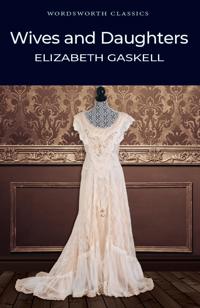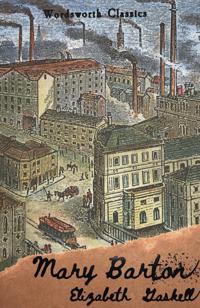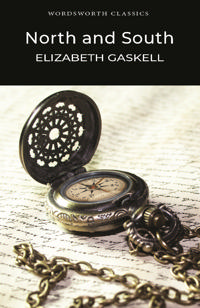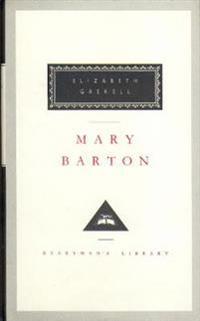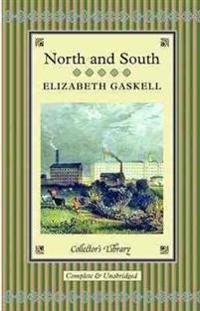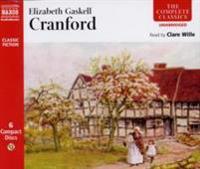Wives and Daughters (Storpocket)
avElizabeth Cleghorn Gaskell
ISBN: 9781840224160 - UTGIVEN: 199911Gaskell's last novel, widely considered her masterpiece, follows the fortunes of two families in nineteenth century rural England.? At its core are family relationships -- father, daughter and step-mother, father and sons, father and step-daughter -- all tested and strained by the romantic entanglem[...]
Mary Barton (Häftad)
avElizabeth Cleghorn Gaskell
ISBN: 9781840226898 - UTGIVEN: 201208Elizabeth Gaskell's first novel depicts the great clashes between capital and labour, which arose from rapid industrialisation and problems of trade in the mid-19th century. Mary Barton was published in 1848, at a time of great social ferment in Europe, and it reflects its revolutionary moment throu[...]
North and South (Storpocket)
avElizabeth Cleghorn Gaskell
ISBN: 9781853260933 - UTGIVEN: 199304Set in the mid-19th century, and written from the author's first-hand experience, North and South follows the story of the heroine's movement from the tranquil but moribund ways of southern England to the vital but turbulent north. Elizabeth Gaskell's skilful narrative uses an unusual love story to [...]
Mary Barton (Inbunden)
avElizabeth Cleghorn Gaskell
ISBN: 9781857151855 - UTGIVEN: 1994-06Published in 1848, MARY BARTON was the first novel of Elizabeth Gaskell, later to become celebrated as the author of CRANFORD, MARY BARTON - a better book than CRANFORD - was written after she has married a Manchester clergyman, and it conbines a typically sturdy romantic plot with striking descript[...]
North and South (Inbunden)
avElizabeth Cleghorn Gaskell
ISBN: 9781907360794 - UTGIVEN: 201304The 'north and south' of the title are the Satanic mills of the industrial north and the leisured life of London society and rural Hampshire. When her father leaves the Church, Margaret Hale is uprooted from her comfortable home in Hampshire to move with her family to the North of England. Initially[...]
Cranford (Inbunden)
avGaskell, Elizabeth Cleghorn
ISBN: 9781934648575CRANFORD (1851-1853) by Elizabeth Gaskell is the quintessential novel of British Victorian small town mores, as only Gaskell could portray them. Cranford is a charming imaginary town filled with chatty females, most of them old spinsters, gossip and nostalgia, loves unfulfilled and remembered, and [...]
The grey woman (Ljudbok)
avElizabeth Cleghorn Gaskell, Jane Greensmith
ISBN: 9789176391488A ?Bluebeard? story in which a young woman marries a man whom she discovers has killed his previous wives and is trying to kill her as well.[...]
Cranford (e-bok)
avElizabeth Cleghorn Gaskell
ISBN: 9789176392980Cranford is the best-known novel of the 19th century English writer Elizabeth Gaskell. It was first published in 1851 as a serial in the magazine Household Words, which was edited by Charles Dickens.[...]
Cranford (CD-bok)
avElizabeth Cleghorn Gaskell
ISBN: 9789626348505 - UTGIVEN: 200711In the village of Cranford, decorum is maintained at all times. Despite their poverty, the ladies are never vulgar about money (or their lack of it), and always follow the rules of propriety. But this discretion and gentility does not keep away tragedy; and when the worst happens, the Amazons of Cra[...]


